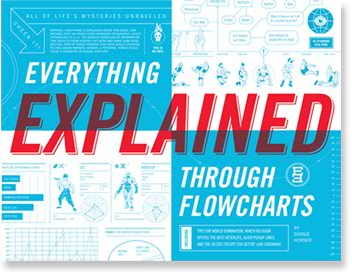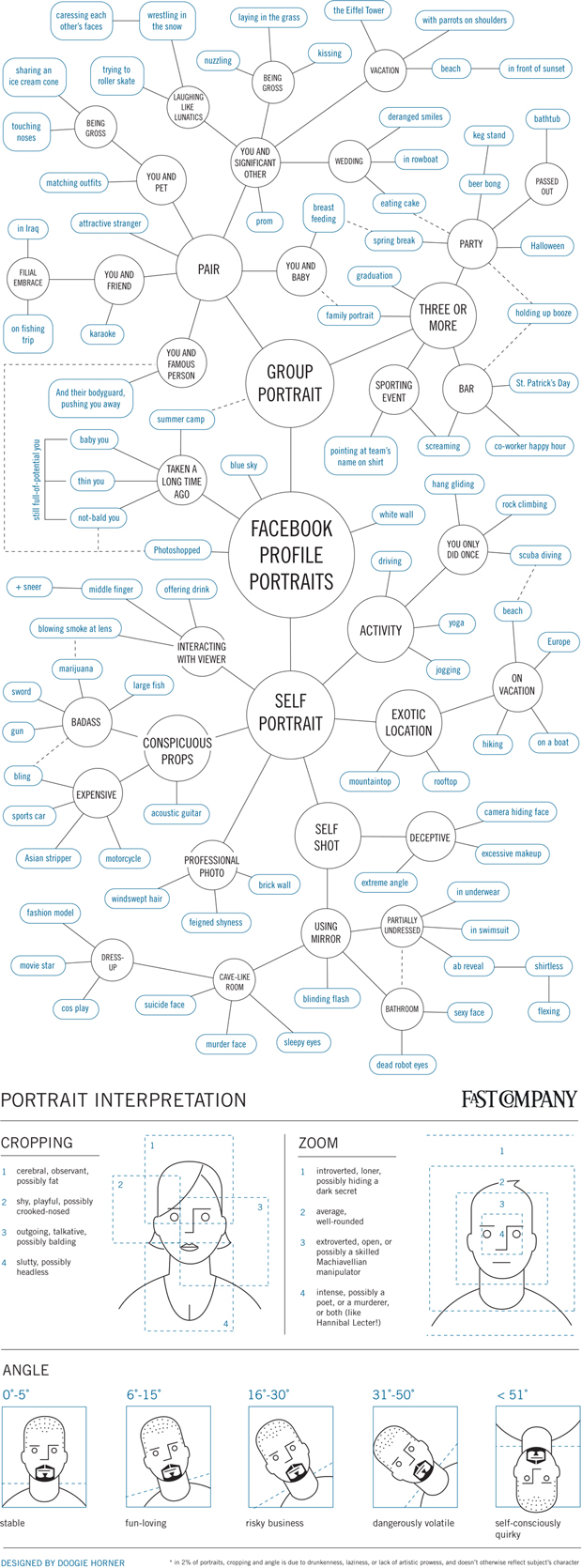I just finished Jay-Z’s Decoded the other day. Although I can’t say that I sit around and listen to Jay-Z, I certainly have heard some of his work and certainly know of him. The book itself is pretty cool, as he works through the thinking behind lyrics and offers up some background on his days growing up in the projects of New York City.
Towards the end of the book, he starts to make a stand on the importance of hip-hip music as it stands now, with a somewhat negative outlook on its very commercialized bent (while celebrating hip-hop’s ability to take over the music world, which it surely has). Jay-Z takes particular aim at Aut0-Tune, which has filtered into just about every song that I hear on the pop stations that my sons listen to in our car. Seriously, I hear it everywhere, and I point it out to my sons, too. (Auto-tune is a computer effect that takes a voice and situates the pitch of the voice perfectly. It also can alter the timbre and tone of the voice. That’s that slight robotic effect you hear.)
Jay-Z sees the Auto-tune effect as having a potentially devastating impact on hip-hop music. While he acknowledges that some artists (Kanye West) have used Auto-tune to their advantage as a medium of musical expression, the problem is that it is now overused to cover up blemishes — slightly out-of-tune voices. This glossing over rips something special from music, he insists, and he notes that an Auto-tuned track “…gives you a sudden sugar high and then disappears without a trace.”
This quote says it all: “Instead of aspiring to explore their humanity — their brains and hearts and guts — these rappers were aspiring to sound like machines.”
And Jay-Z notes that it reminds him of something similar — the Hair Bands that took an idea and a sound, and pounded its audience into submission, to the point where it took Kurt Cobain and Nirvana, and a slew of others, to come along and dethrone the Hair Bands (Poison, Motley Crue, etc.).
Jay-Z notes: “Musical genres have been known to die, mostly because they lose their signature and their vitality ..”
Which makes me wonder what style of music or what kind of bands/artists are waiting in the wings, with Auto-Tune clearly in their sights, ready to take it down ….. I’m sure they are already there.
Here are some more quotes from Jay-Z that I was sharing on Twitter as I was reading. I was looking mostly for his thoughts on writing and making music.
“That gave me freedom to be myself, which is the secret to any long-term success, but that’s hard to see when you’re young …” (p95)
“I’m a music head, so I listen to everything.” (p128)
“….I also make choices in technique and style to make sure that it can touch as many people as possible without it losing its basic integrity.” (p129)
“Knowing how to complicate a simple song without losing its basic appeal is one of the keys to good songwriting.” (p130) #JayZsez
“…whoever said that artists shouldn’t pay attention to their business was probably someone with their hand in some artist’s pocket.” (p131)
“There’s unquestionably magic involved in great music, songwriting and performances …. but there’s also work.” (p141)
“So I created little corners in my head where I stored rhymes …. it’s the only way I know.” (p144)
“Hip-hop, of course, was hugely influential in finally making our slice of America visible through our own lens …” (p156)
“The entire world was plugged into the stories that came out of the specific struggles and creative explosion of our generation.” (p159)
“It’s one of the great shifts that’s happened over my lifetime, that popular culture has managed to shake free of the constraints that still limit us in so many other parts of life.” (p163)
Playing at the rock concern “…was one of those moments that taught me that there really is no limit to what hip-hop could do, no place that was closed to its power.” (p163)
“Hip-hop gave a generation a common ground that didn’t require either race to lose anything; everyone gained.” (p180)
“I’ve never been a purely linear thinker … my mind is always jumping around, restless, making connections, mixing and matching ideas, rather than marching in a straight line.” (p180)
“My life has been more poetry than prose, more about unpredictable leaps and links than simple steady movement …” (p191)
“Great rappers … distinguish themselves by looking closely at the world around them and describing it in a clever, artful way.” (p203)
“Artists can have greater access to reality; they can see patterns and details and connections that other people … miss.” (p205)
“… hip-hop lyrics — not just my lyrics, but those of every great MC — are poetry if you look at them closely enough.” (p235)
“Rap is built to handle contradictions.” (p239)
“Hip-hop has created a space where all kinds of music could meet, without contradiction.” (p240)
“… when I started writing about my life … the rhymes helped me twist some sense out of those stories.” (p245)
“Musical genres have been known to die, mostly because they lose their signature and their vitality ..” (p251)
“I remember the music making me feel good, bringing my family together …” (p254)
“I think for hip-hop to grow to its potential … we have to keep pushing deeper … and (do it) with real honesty.” (p279)
“My songs are my stories but they take on their own life in the minds of people listening.” (p297)
Peace (in my blemished voice),
Kevin












